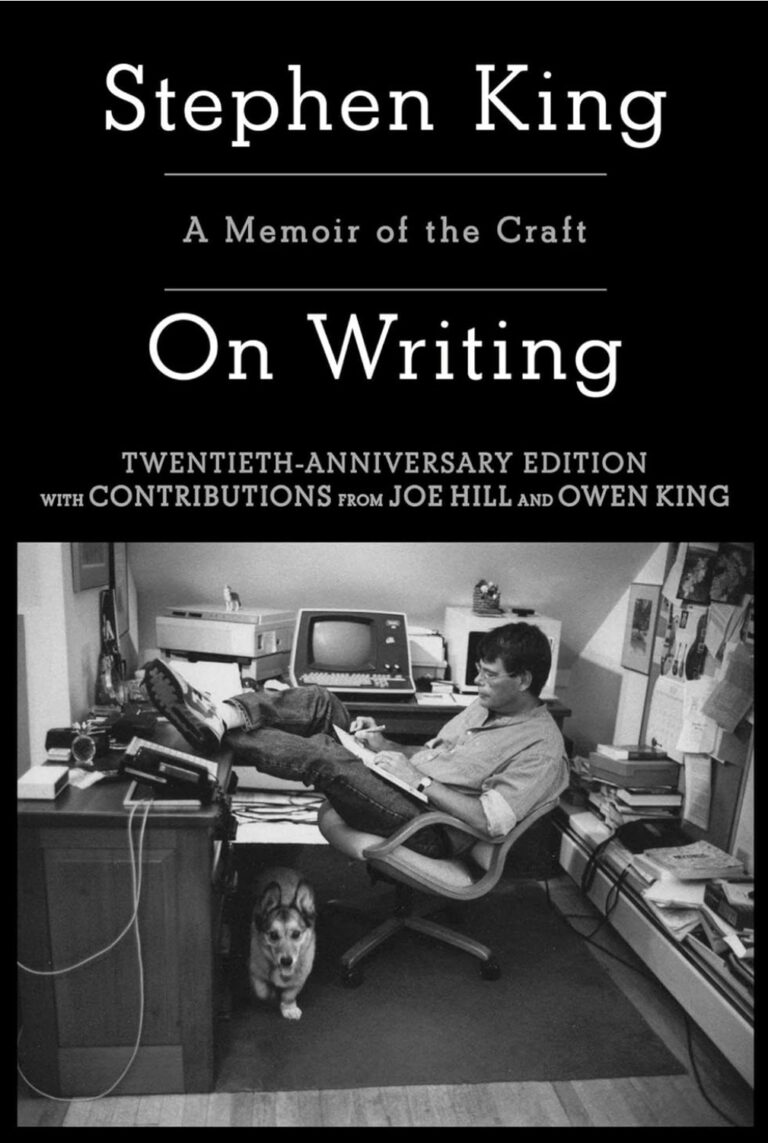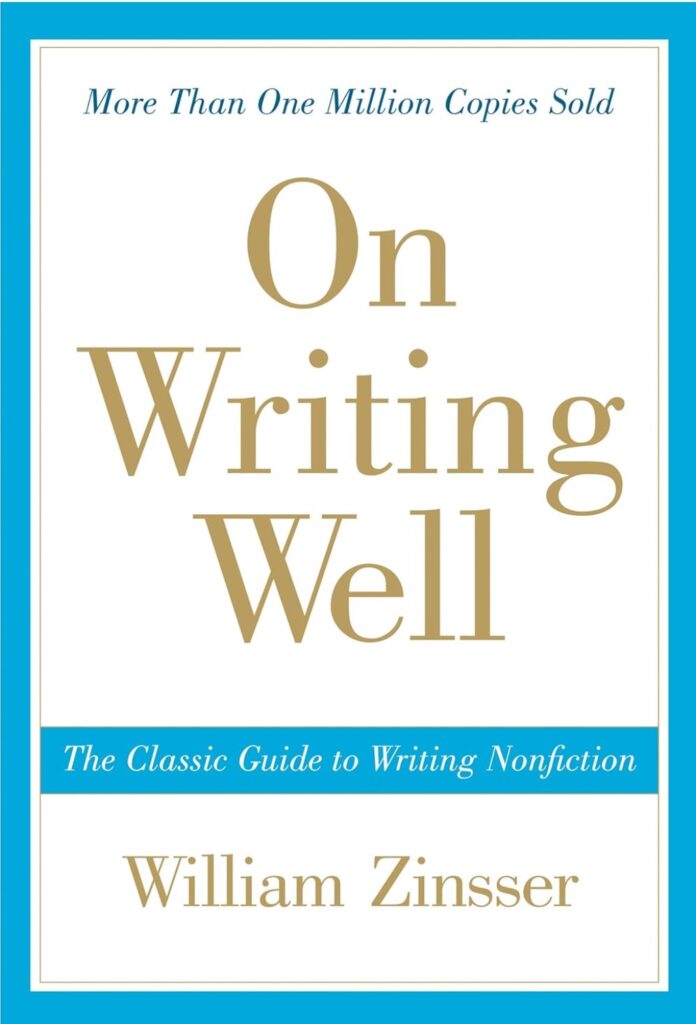Engaging readers in today’s digital world requires more than just compelling stories. As a romance author specializing in insta-love stories featuring aliens, paranormal creatures, and unusual scenarios, I’ve found that creating interactive content is a game-changer for reader engagement.
In this post, I’ll share my experiences and tips on how to create interactive content that captivates your audience and builds a loyal community around your books and blog.
Table of Contents
ToggleUnderstanding Interactive Content
What is Interactive Content?
In my experience, interactive content refers to any type of content that requires active participation from the reader. This can include quizzes, polls, virtual events, interactive maps, videos, and more.
Unlike static content, interactive content engages readers in a dynamic way, making them feel more involved and connected to your work.
This engagement often leads to increased loyalty and a stronger connection between the author and the readers.
Benefits of Interactive Content
I’ve found that interactive content not only increases reader engagement but also helps build a community around your stories.
It encourages readers to spend more time on your site, share your content, and return for more. Interactive content can make your readers feel like they are part of your story world, enhancing their overall experience.
For example, in a novella I wrote about alien love, I included an interactive map of the alien world, which significantly boosted reader interest and engagement.
Readers were able to explore the world alongside the characters, deepening their immersion and connection to the story.
Types of Interactive Content
Quizzes
Quizzes are a fun and effective way to engage your readers. You can create personality quizzes that align with your story’s characters or plot.
These can range from “Which Character Are You?” to “What Would Be Your Supernatural Ability?” Quizzes are not only enjoyable but also shareable, which can help spread the word about your books.
For instance, in a story I wrote about a werewolf pack, I created a quiz titled “Which Werewolf Are You?” that readers loved and shared widely. This not only increased traffic to my blog but also generated excitement about the story.
Polls
Polls are another great way to engage your audience. They can be used to gather opinions on upcoming projects, characters, or plot twists.
Polls can make your readers feel like they are part of the creative process, which can increase their investment in your stories.
In my experience, readers enjoy being part of the decision-making process, and it makes them feel valued.
For example, I once used a poll to let my readers choose the name of a new character in my alien romance series. The response was overwhelming, and it created a buzz around the release of the new book.
Virtual Events
Hosting virtual events like book readings, Q&A sessions, or writing workshops can significantly boost reader engagement.
These events provide an opportunity for direct interaction with your audience, making them feel more connected to you as an author.
I once held a live Q&A session for my paranormal romance series, and the interaction with readers was incredibly rewarding.
It also provided valuable feedback and ideas for future stories. Virtual events can also be recorded and shared later, extending their reach and impact.
Interactive Maps and Graphics
Creating interactive maps and graphics related to your story’s world can enhance the reader’s experience. Interactive elements can provide additional layers of immersion and engagement that static content cannot.
In a novella I wrote, I included an interactive map of the fictional world that allowed readers to explore different locations and learn more about the story’s setting.
This added a layer of immersion that readers greatly appreciated. Additionally, using tools like Google Maps or custom-designed interactive images can bring your story world to life in a unique way.
Interactive Videos
Interactive videos can also be a powerful tool for engagement. These can include “choose your own adventure” style videos, behind-the-scenes looks at your writing process, or interactive trailers for your books. These videos can be shared on social media, your blog, or your YouTube channel.
Implementing Interactive Content
Choosing the Right Tools
There are many tools available to help you create interactive content. Platforms like Typeform, SurveyMonkey, and Canva offer user-friendly interfaces for creating quizzes, polls, and interactive graphics. For interactive videos, tools like Eko or H5P can be very effective.
In my experience, using these tools can make the process straightforward and efficient. They often provide templates and drag-and-drop features that make creating professional-looking interactive content easy, even if you’re not particularly tech-savvy.
Integrating Interactive Content into Your Website
Once you’ve created your interactive content, the next step is to integrate it into your website effectively. This can involve embedding quizzes and polls directly into your blog posts, creating dedicated pages for virtual events, or adding interactive maps and graphics to your story pages.
I’ve found that placing interactive content prominently on your website can encourage more engagement. For instance, creating a “Fun and Games” section where readers can find all your quizzes and polls can be a great way to keep them entertained and coming back for more.
Promoting Your Interactive Content
To maximize the impact of your interactive content, promotion is key. Share your quizzes, polls, and virtual events on social media, your email newsletter, and your blog. Encourage your readers to participate and share their results. In my experience, a little promotion goes a long way in boosting engagement.
For example, when I created the “Which Werewolf Are You?” quiz, I shared it across all my social media platforms and included a link in my newsletter. The response was phenomenal, and it drove a significant amount of traffic to my blog.
Analyzing Engagement
After implementing interactive content, it’s important to analyze the engagement metrics. Tools like Google Analytics can help you track how readers are interacting with your content.
This data can provide insights into what types of interactive content your audience enjoys the most, allowing you to refine your strategies.
In my experience, analyzing engagement data can reveal surprising trends. For instance, I discovered that my readers were particularly interested in interactive maps, which led me to create more of these for future stories.
Best Practices for Interactive Content
Keep It Relevant
Ensure that your interactive content is relevant to your stories and your audience’s interests. In my experience, readers are more likely to engage with content that directly relates to the themes and characters they love. For example, a quiz about your book’s characters will likely perform better than a general personality quiz.
Make It Shareable
Interactive content that is easy to share can help you reach a broader audience. Include social sharing buttons and encourage your readers to share their results with their friends. In my experience, content that is fun and shareable can quickly go viral, bringing new readers to your blog.
Engage Regularly
Regularly updating your interactive content can keep your audience engaged. This can mean adding new quizzes, updating polls, or hosting monthly virtual events. I’ve found that consistent engagement keeps readers coming back and maintains their interest in your stories.
Encourage Feedback
Encourage your readers to provide feedback on your interactive content. This can help you improve future content and make it even more engaging. In my experience, readers appreciate knowing that their opinions are valued and that they have a say in the content you create.
Incorporating interactive content into your blog and books is an effective way to boost reader engagement. By creating quizzes, polls, virtual events, interactive maps, and videos, you can captivate your audience and build a loyal community around your stories.
In my experience, interactive content not only enhances the reader’s experience but also provides valuable feedback and ideas for future projects. So, start experimenting with interactive content today and watch your reader engagement soar!











































